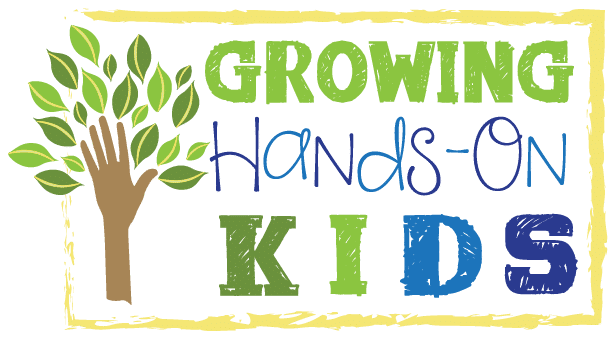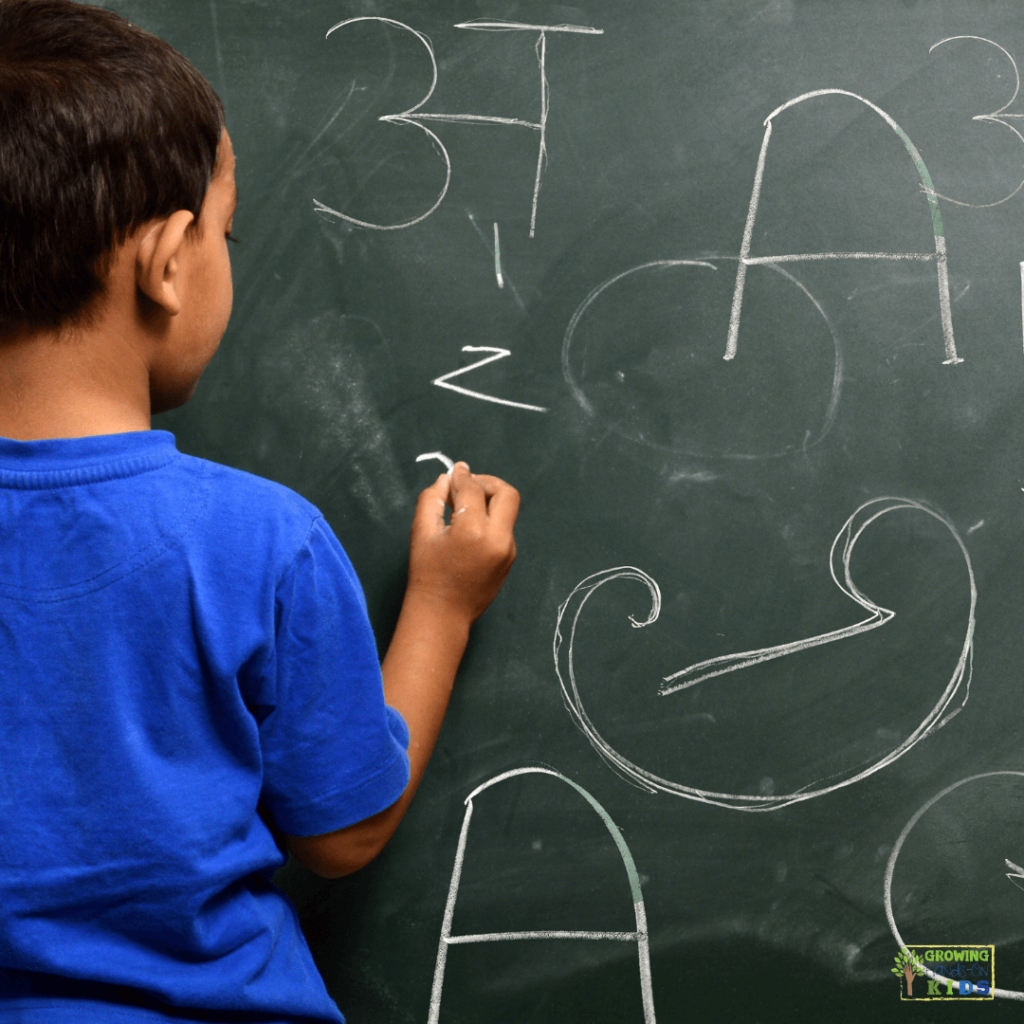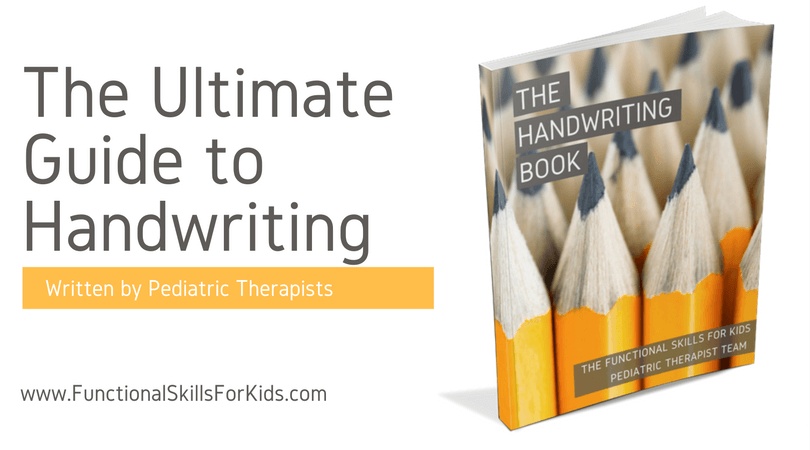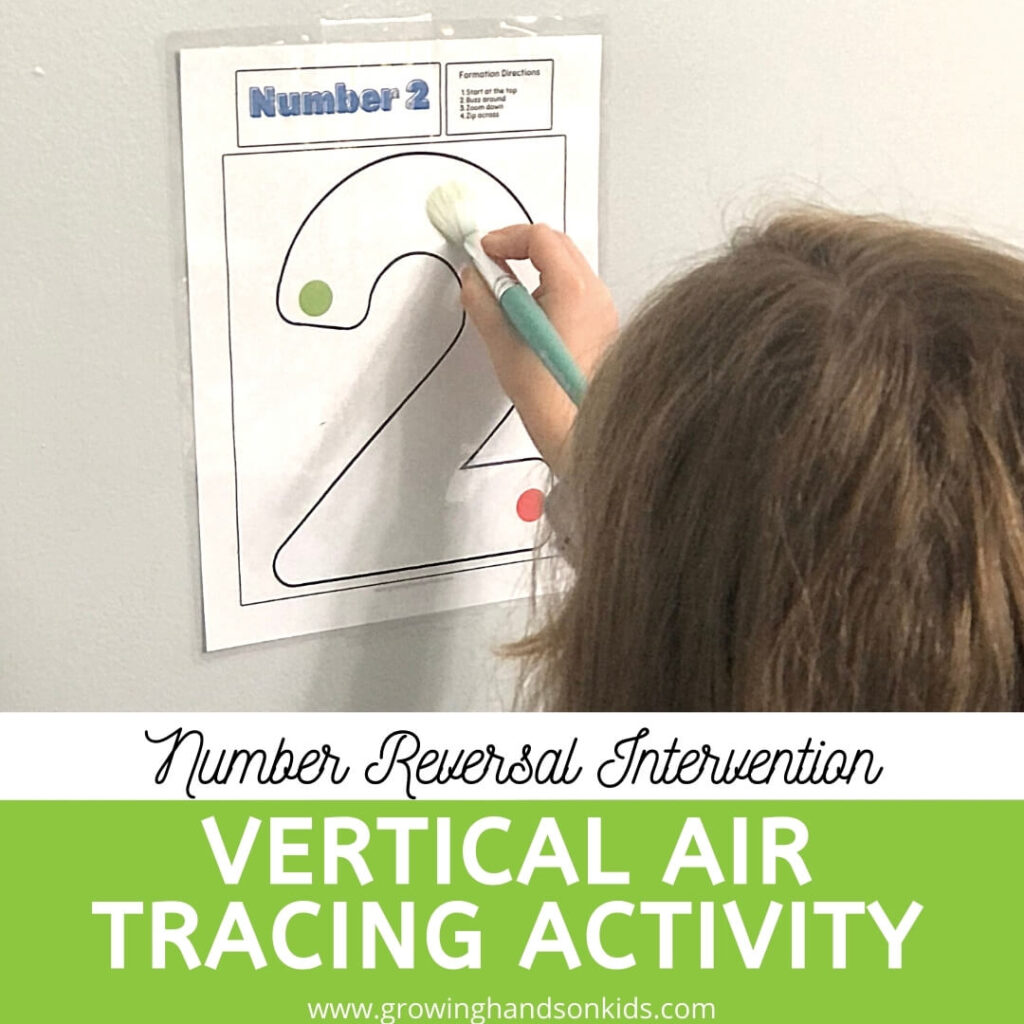Benefits of Vertical Surface Activities for Handwriting Development
Affiliate and Referral links are used below to promote products I love and recommend. I receive a commission on any purchases made through these links. Please see my disclosure policy for more details. As an Amazon Associate, I earn from qualifying purchases.
Vertical surface activities are excellent for developing the foundational motor skills necessary for handwriting. It encourages proper posture, strengthens hand and arm muscles, and improves visual-motor integration. Working on a vertical plane also naturally promotes wrist extension, which is important for pencil control and fluid writing.
Let's look at what the research says and some activity ideas for incorporating a vertical surface into handwriting practice.
What the Research Says
As with most topics related to child development, more research is needed on this topic. However, there are a few studies that do suggest that using a vertical surface to practice handwriting can be beneficial for younger children, especially when they are still developing a grasp pattern.
In 2018, the American Journal of Occupational Therapy (AJOT) shared research that found typical preschool children and those with a mild disability who copied shapes on a vertical surface, had better outcomes and more muscle activity while copying on a vertical versus a horizontal surface. It is of note that this research included 22 typical preschool children and 13 children with mild disabilities.
The children performed faster and smoother movements when copying shapes on the vertical surface, with no reduction of accuracy, than on the horizontal surface. Children with MD exerted their upper trapezius while performing the short tasks on the vertical surface compared with their muscle activity on the horizontal surface. (Portnoy S., et al, 2018)
Another study done in 2022 found an increase in muscle activation among adults when writing on a tablet in a vertical position. Less muscle activation was noted at a 45-degree angle and horizontal. (Yerebakan MO, et al, 2022).
Finally, research published in 2002 found that using a shorter/smaller writing tool (a piece of crayon) along with a vertical surface influenced the grasp patterns in young toddlers (23-24 months old). (Yakimishyn JE., et al, 2002).
The overall takeaways are that using smaller writing tools along with a variety of writing surfaces, including vertical surfaces, can influence and improve grasping patterns and muscle activation during tracing, copying, and eventual letter formations with young children.
Examples of Vertical Surface Activities
Here are some fun ways you can use a vertical surface to help improve handwriting.
1. Drawing and Writing on Chalkboards or Whiteboards
Use colored chalk or dry-erase markers to make it fun and engaging. Have the child draw shapes, letters, or patterns. You can include games like “erase the letter” to practice fine motor control.
2. Window or Mirror Art
Use washable markers, crayons, or window clings. Children can trace shapes or draw freely on glass surfaces. Try activities like writing sight words or practicing pre-writing strokes.
3. Sticky Note Games
Write letters or numbers on sticky notes and place them on a vertical surface. Children can peel and stick them to match patterns or sequences. This strengthens finger dexterity and hand-eye coordination.
4. Wall Tracing
Use large sheets of paper taped to the wall for tracing activities. Include stencils, shapes, or mazes for variety. Encourage big arm movements to develop shoulder and arm stability.
5. Vertical Playdough Pressing
Tape a plastic mat or tray to the wall. Have your child press and shape playdough against the vertical surface. They can create letters, numbers, or simple shapes.
6. Magnetic Boards
Use magnetic letters or shapes on an upright magnetic board. Have the child match letters, spell words, or create designs.
7. Painter's Tape Activities
Create patterns, letters, or mazes with painter's tape on a wall. Children can trace over them with fingers, crayons, or markers. This activity builds fine motor control and spatial awareness.
8. Target Practice
Use sticky darts, Velcro balls, or beanbags to hit letter or number targets on a wall. Incorporate movement by having them run or jump before throwing.
9. Vertical Puzzles
Use magnetic or velcro puzzles on a vertical board to encourage problem-solving while building hand, forearm, and shoulder strength.
10. Water Painting
Use water and paintbrushes to “paint” on a fence or wall outside. Practice drawing shapes, letters, or numbers.
Developmental Benefits of Vertical Surface Activities
- Wrist Extension: Promotes a natural writing position and builds muscle strength for improved grasping patterns.
- Shoulder Stability: Strengthens shoulder girdle muscles for sustained writing.
- Core Strength: Engages the core muscles to support upright posture during writing.
- Visual Tracking: Improves eye movement coordination and eye convergence which is important for reading and writing.
- Fine Motor Skills: Enhances finger dexterity, grip strength, and control which is essential for hand grasp.
- Crossing Midline & Bilateral Coordination: Using a vertical surface can encourage crossing the midline with the dominant hand and bilateral coordination, using both sides of the body together, to complete a task. Both of these skills are needed for writing and reading.
Incorporating vertical surface activities into daily routines provides a multisensory and fun approach to handwriting preparation while strengthening essential motor skills.
You can also read more about this at The Inspired Treehouse: Why Kids Should Work on a Vertical Surface.
References:
Portnoy S, Mimouni-Bloch A, Rosenberg L, Offek H, Berman T, Kochavi M, Orman G, Friedman J. Graphical Product Quality and Muscle Activity in Children With Mild Disabilities Drawing on a Horizontally or Vertically Oriented Tablet. Am J Occup Ther. 2018 Nov/Dec;72(6):7206205040p1-7206205040p7. doi: 10.5014/ajot.2018.027532. PMID: 30760396.
Yakimishyn, Janet & Magill-Evans, Joyce. Comparisons Among Tools, Surface Orientation, and Pencil Grasp for Children 23 Months of Age. The American journal of occupational therapy : official publication of the American Occupational Therapy Association. 2002. 56. 564-72. 10.5014/ajot.56.5.564.
Yerebakan MO, Hu B, Barbir A, Lin MYC, Dennerlein JT. Evaluating the impact of writing surface and configuration on muscle activation level during a handwriting task: An exploratory study. Work. 2022;71(4):1183-1191. doi: 10.3233/WOR-205242. PMID: 35253690.
You May Also Like:

Heather Greutman, COTA
Heather Greutman is a Certified Occupational Therapy Assistant with experience in school-based OT services for preschool through high school. She uses her background to share child development tips, tools, and strategies for parents, educators, and therapists. She is the author of many ebooks including The Basics of Fine Motor Skills, and Basics of Pre-Writing Skills, and co-author of Sensory Processing Explained: A Handbook for Parents and Educators.




